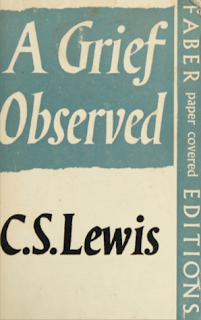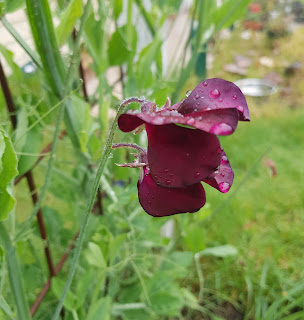Grief and Sadness Around Holidays

I wrote a post called "Comforting Holiday Plans" at my blog Living With Evidence . It's a personal discussion of grieving during a holiday season. I include these links for people grieving: From The Compassionate Friends (UK), for people who have lost a child; From AARP (USA), in English and Spanish ; and In The Washington Post . With a giant hug to everyone with any kind of deep heartache now. Hilda Bastian December 2022 Artwork by my son, Adam. Explanation from my post: This heart warms my heart. It’s from a card my son made me. I don’t remember how young Adam was then, but this labor of love for his mother is now a very long way over two decades old. The heart, so carefully drawn and cut out, is attached to the handmade black card by a paper chain, engineering a pop-out effect. So special! I don’t remember the occasion – it just says “Ich liebe meine Mutter” inside, but that’s handy now: It can serve as a conduit to his love at any time. So this ...


